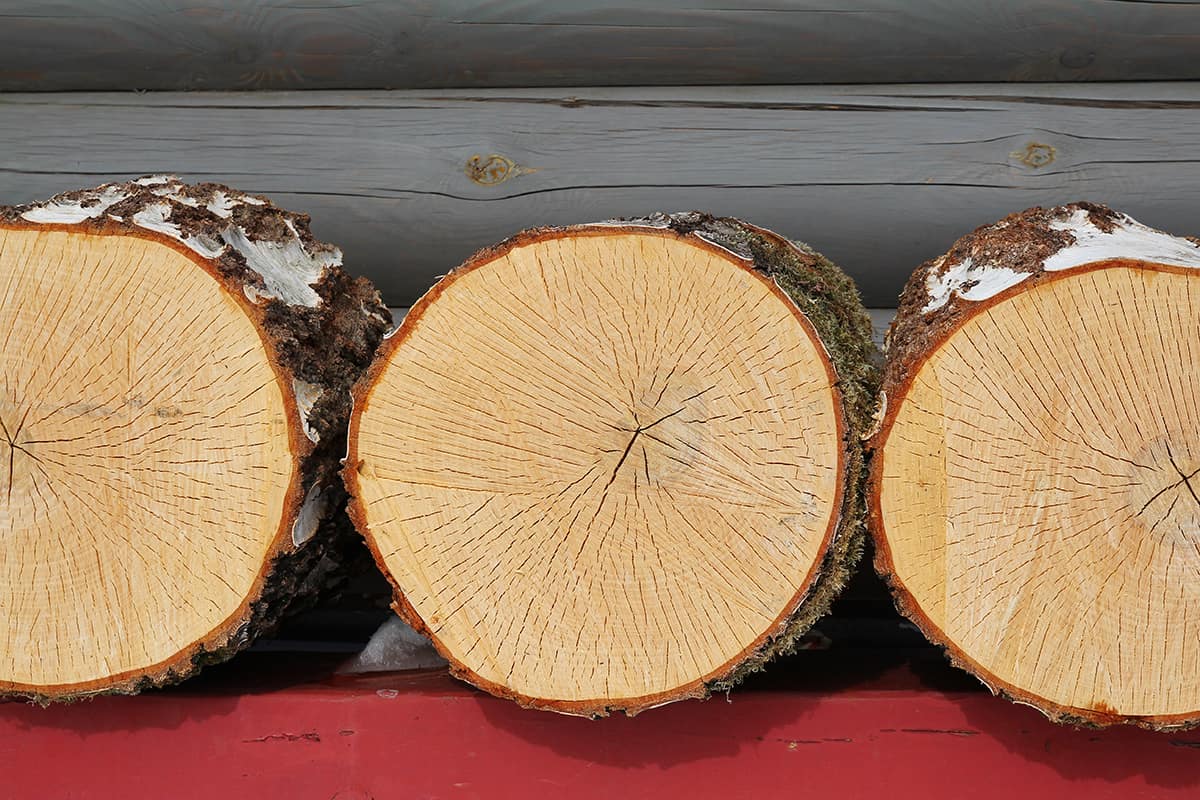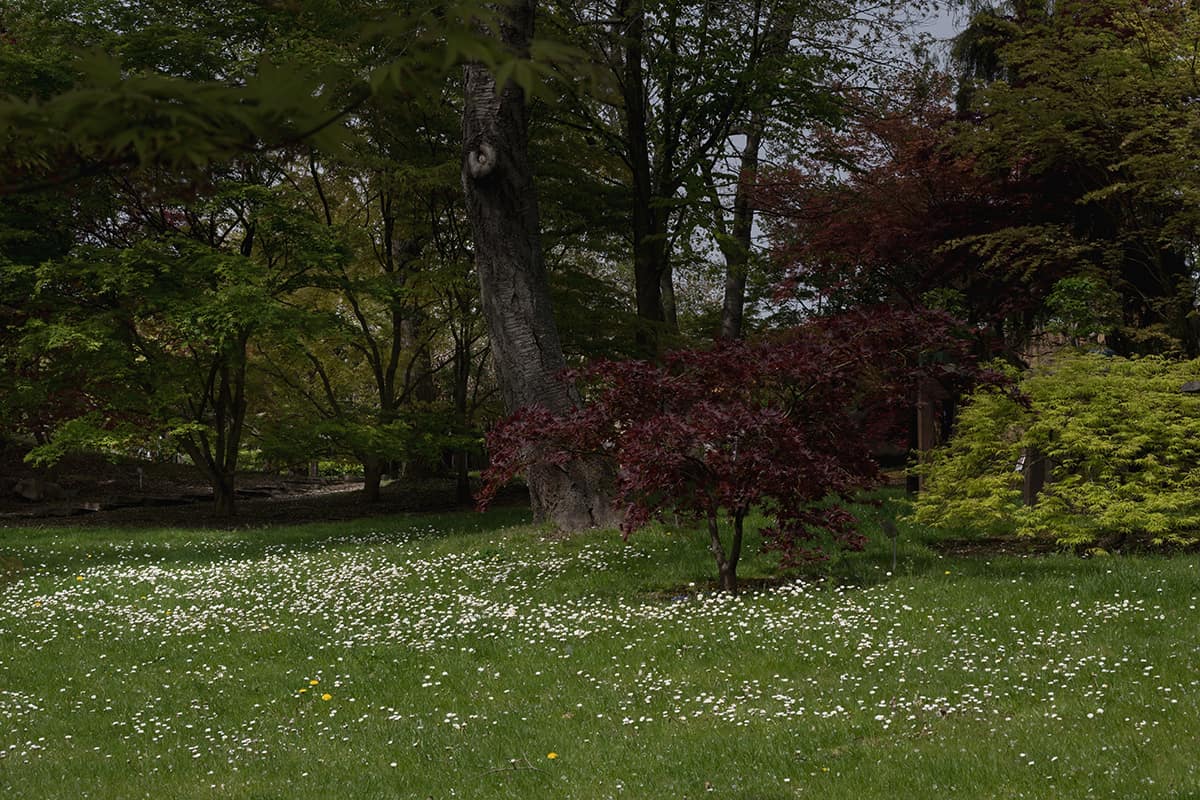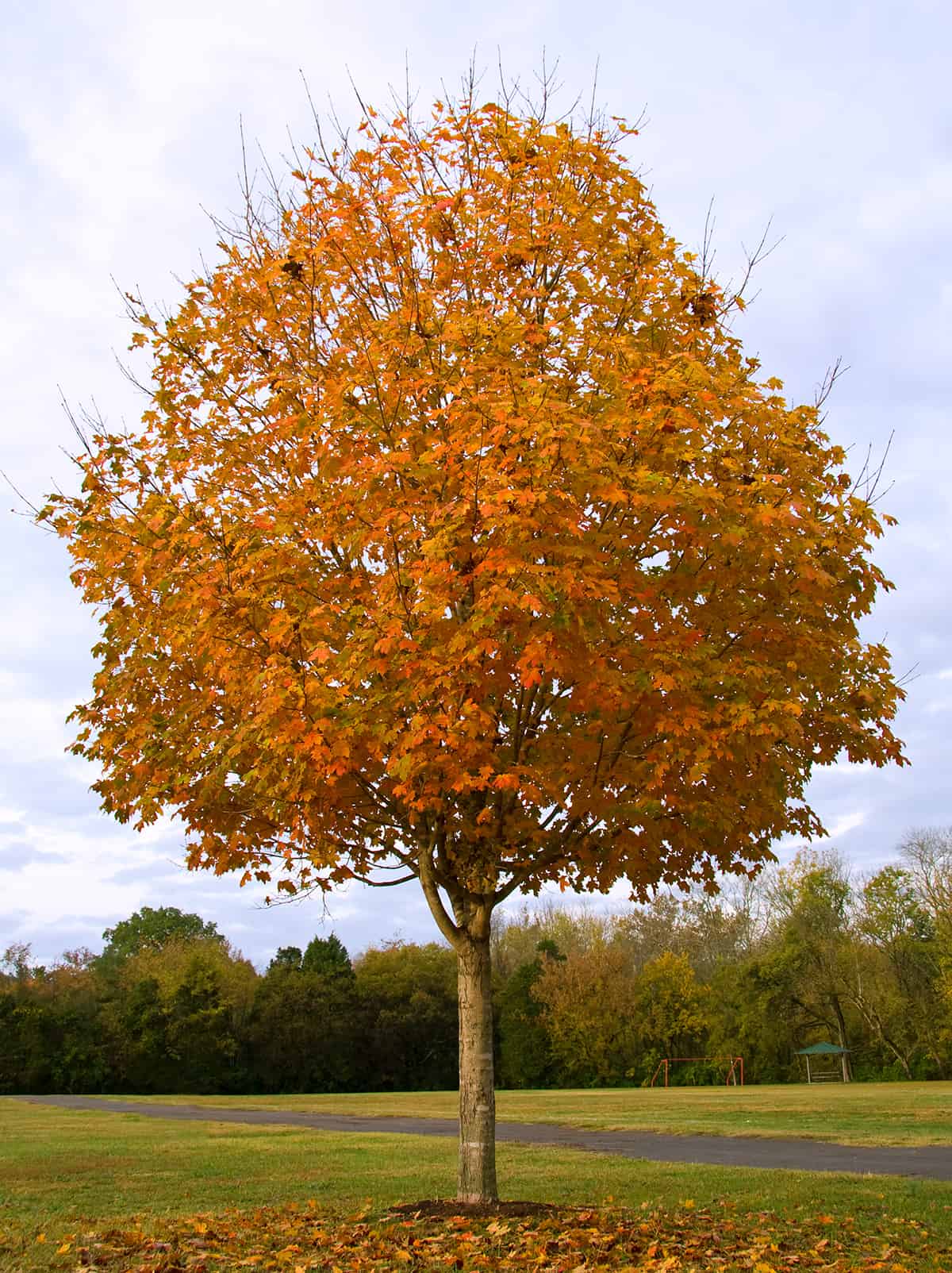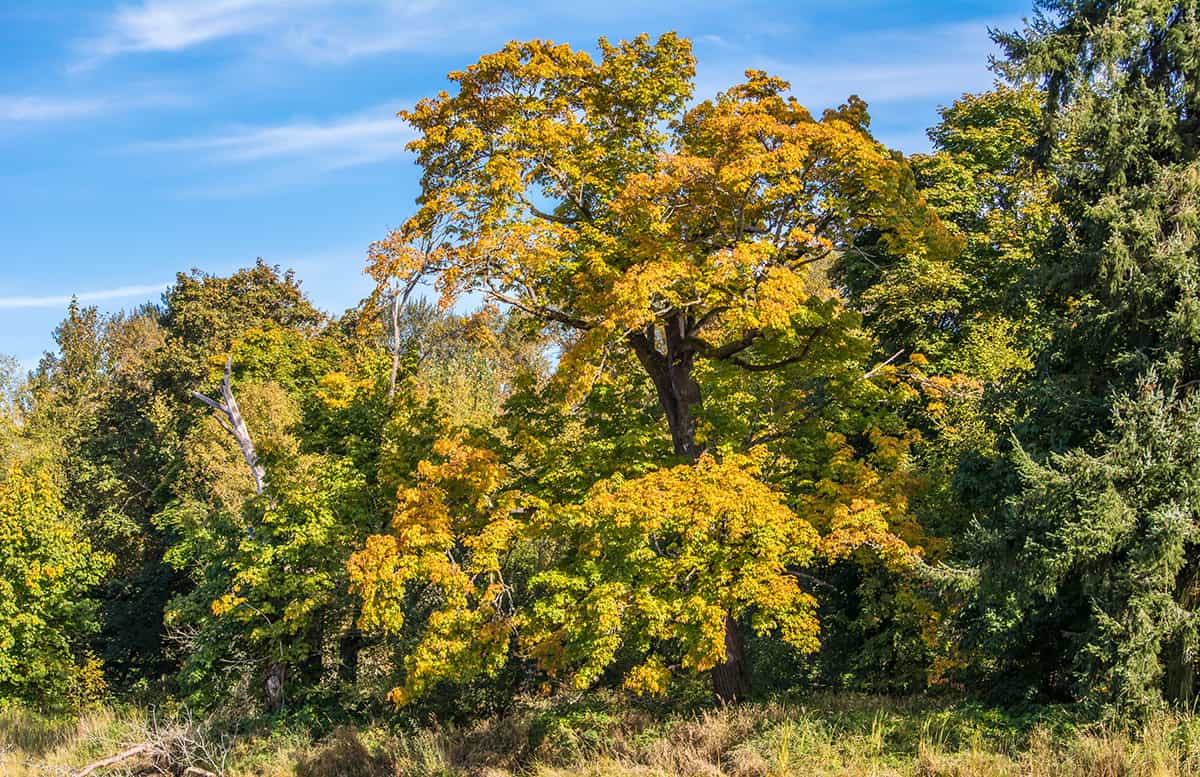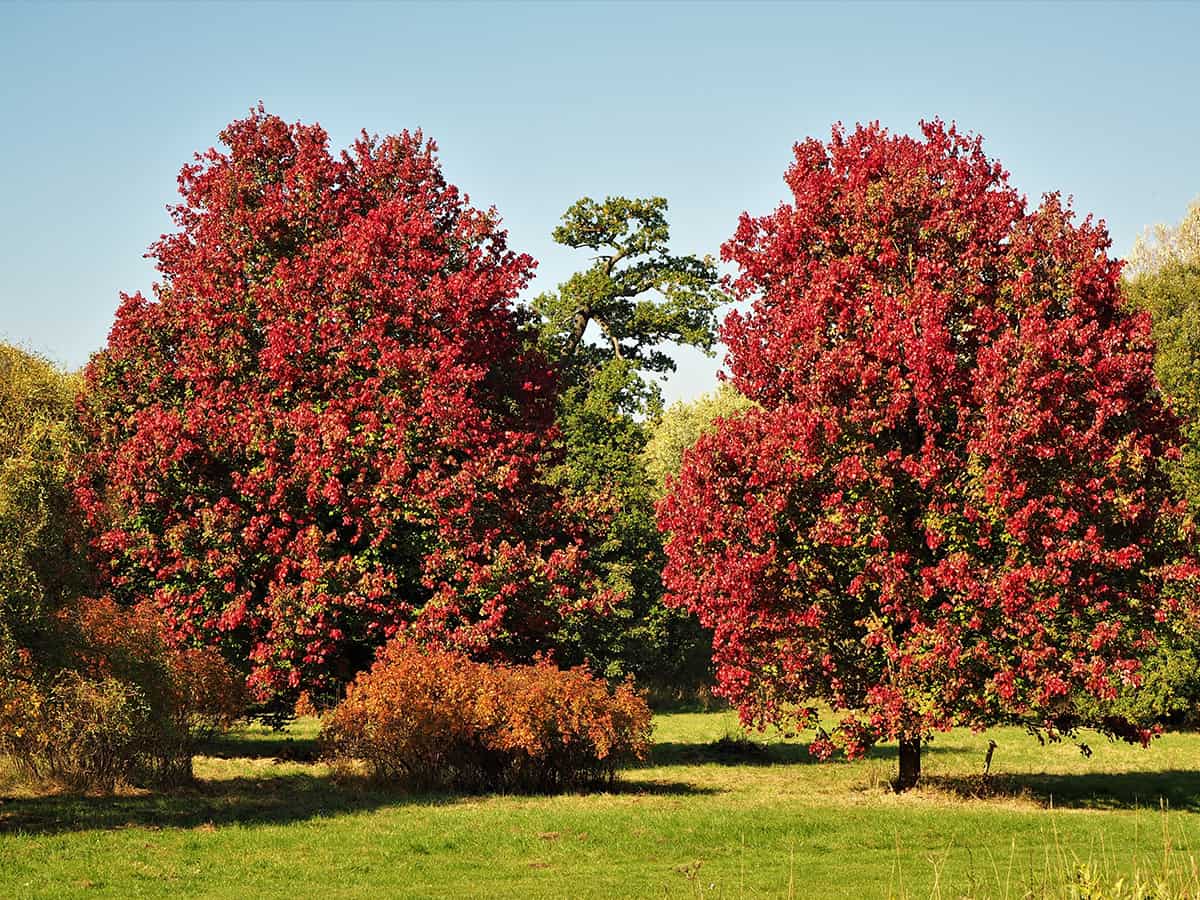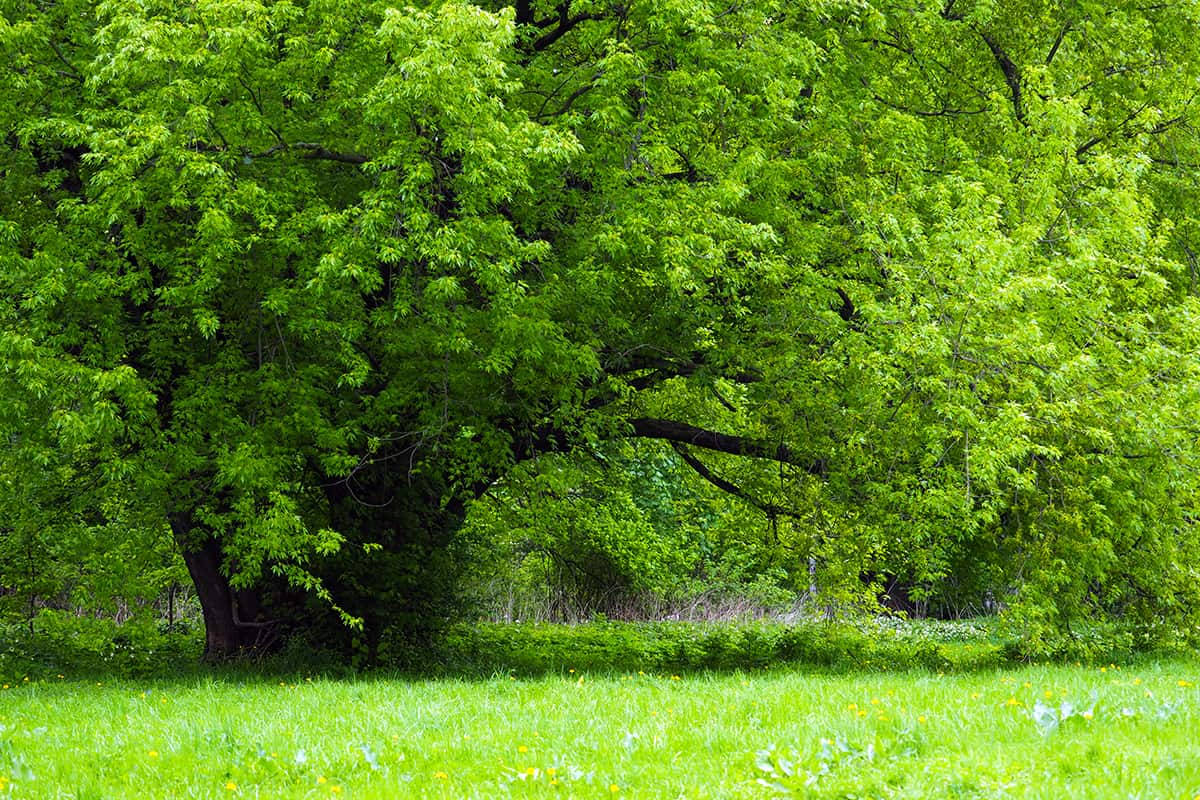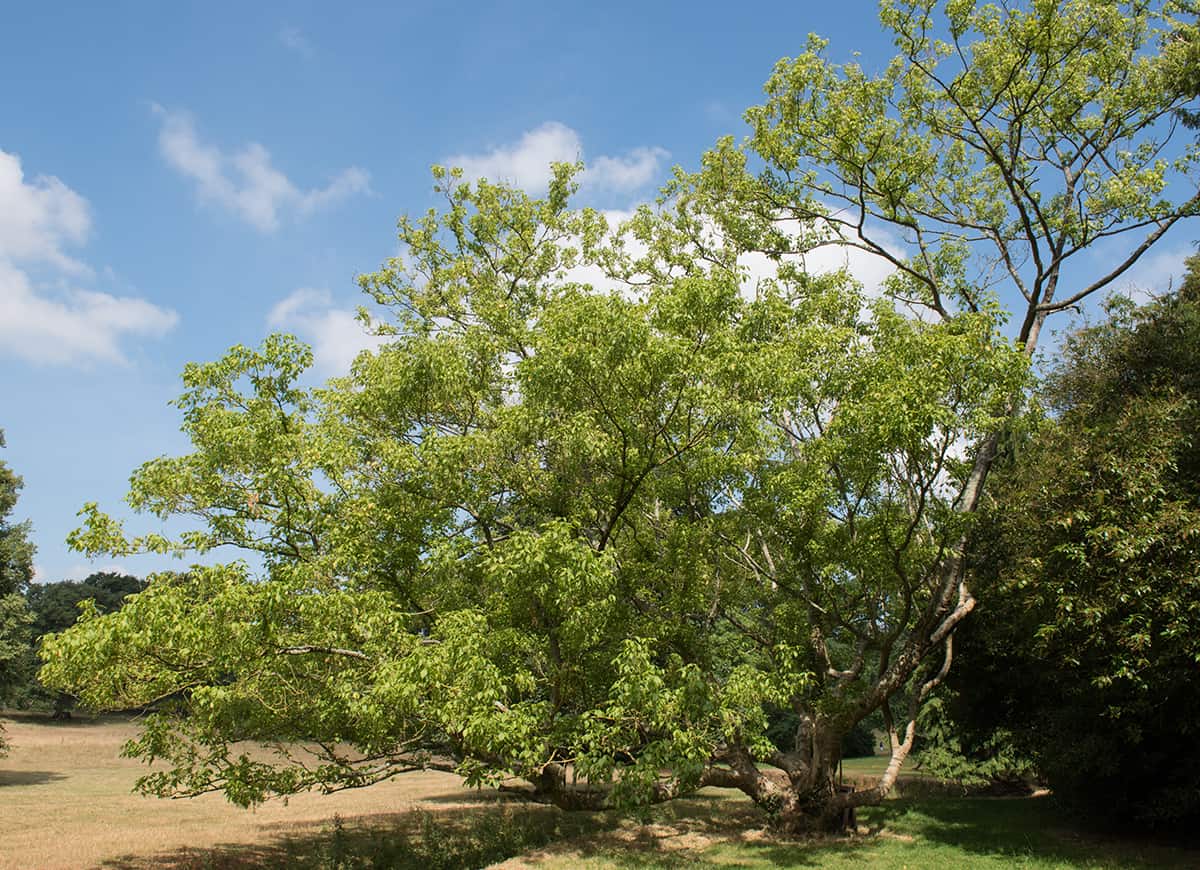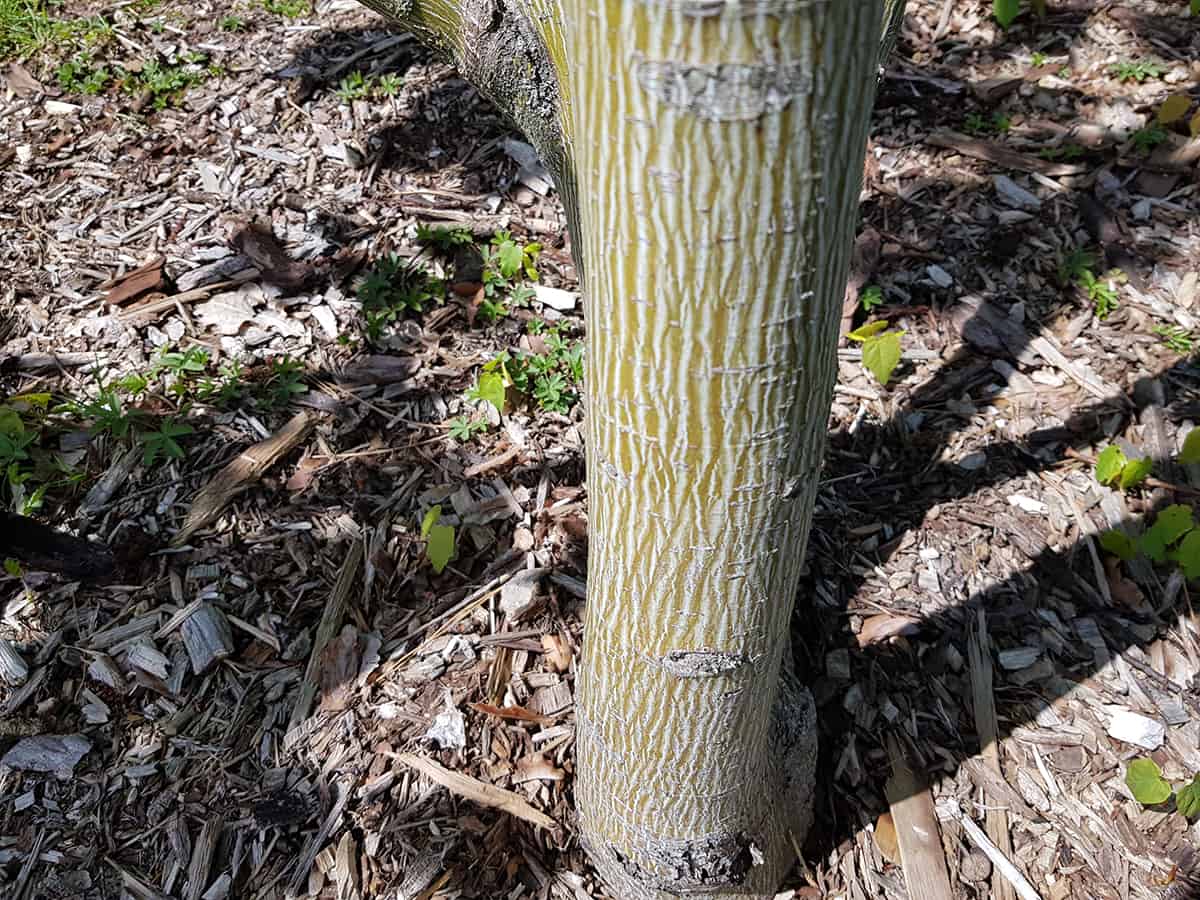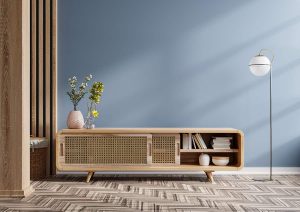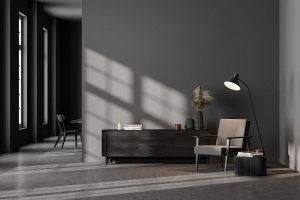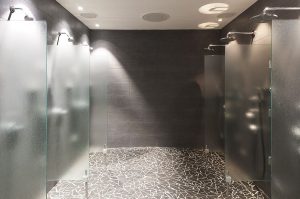Maple wood is a popular material used for everything from flooring to instrument making. It comes from the maple tree, though there are numerous varieties of maple trees that will produce woods with different qualities.
Benefits of Maple Wood
Durable
One of the best features of maple wood is that it is very strong and durable. This is the case whether you opt for soft or hard maple, although hard maple is the more durable of the two, hence why it is sometimes known as ‘rock maple.
The high density of maple is what makes it so durable; however, this can also make it difficult to work with.
Uniform color and grain
Maple has an even creamy color and a typically straight grain that give it a uniform look which appeals to many people. The sapwood of maple is favored due to its more attractive color, unlike most hardwoods which use the heartwood of the tree. The heartwood of maple has a red-pink tone which is less desirable than the almost white sapwood.
Stains and polishes
Maple wood can be polished up to a high shine, and it also stains well, making it versatile in terms of the type of finish you want.
Hard Vs. Soft Maple
All types of maple woods are hardwoods; however, they are sorted into two categories; hard maple and soft maple. Despite falling into the ‘soft maple’ category, the woods which are considered to be soft are only soft by comparison to hard maple, which is exceptionally hard.
Compared with other types of hardwood, soft maple is of very similar quality. Soft maple has a lower density and durability compared with hard maple, which is a product of the fact that soft maple trees typically grow twice as fast as hard maple trees. As a result, soft maple will usually be much less expensive than hard maple.
Visually, maple wood from each of these categories can be difficult to tell apart, and for general use, such a furniture construction, either type of maple will suffice. However, for applications where durability is of utmost importance, such as in flooring, then hard maple will be a better choice.
Hard Maple
There are three types of maple tree that are harvested for their wood, known as hard maple. However, in the vast majority of instances, when you buy hard maple, you will get wood from the sugar maple tree. This is the same tree from which sap is tapped to get maple syrup.
The black maple and Florida maple are separate species of maple tree in their own right, but many people consider them to be subspecies of the sugar maple since they are so similar. The black maple and sugar maple produce wood that is almost identical to the sugar maple, but they are not cultivated commercially to the same extent as sugar maple.
Black Maple, Acer nigrum
This tree is native to some areas of the Eastern and Midwestern United States, as well as Ontario in Canada. It is not as widespread as the sugar maple, though it is visually very similar. This tree will grow to heights of between 70 and 110 feet. It can be distinguished from the sugar maple tree by its leaves, which have three lobes compared to the sugar maple’s five.
The foliage of the black maple also tends to have a slightly weeping effect. The wood from this tree is very dense and durable and is used for flooring, furniture, and construction.
Sugar Maple, Acer saccharum
This deciduous tree is native to eastern North America. It grows to heights of between 80 and 120 feet and is known for its striking fall foliage colors and its role in producing maple syrup. This tree is the main type of maple that produces hard maple wood.
The wood of this tree is extremely dense and durable and is used in applications where these qualities are essential. Sugar maple wood is used for flooring on bowling alleys, and it is also the wood of choice for basketball court floors by the NBA.
This wood is used to make baseball bats, pool cues, and musical instruments, including violins, pianos, electric guitars, and drum shells.
The density of this type of maple wood makes it difficult to work with because it is tough to saw through, even with power tools. It can also be hard to drive nails or screws into this type of maple wood; however, once you have them in place, they will hold very well.
Sugar maple wood has a creamy colored sapwood which is more appealing than the heartwood, which tends to have a more red-tinged pale brown color. It can be stained or glued and will polish to a higher shine compared to types of soft maple.
Florida Maple, Acer floridanum
This tree is native to the Atlantic and Gulf coasts of the United States and is known for its greater tolerance to heat compared with the sugar maple. It is a medium-sized tree, growing to heights of around 60 feet.
It makes an excellent shade tree, though it is less showy than the closely related sugar maple. The wood from this tree has many of the same qualities as sugar maple; however, since it is a smaller tree that is more scarce than sugar maple, it is not widely used for its lumber.
Soft Maple
Soft maple woods are still types of hardwood, but they are just soft by comparison to the exceptionally dense hard maple woods. Soft maple has much the same appearance as hard maple but is less expensive to buy.
Soft maple has similar durability and density to other types of hardwood, such as black cherry and black walnut, which are commonly used in furniture and cabinet making.
As such, soft maple makes an excellent choice for many uses such as kitchen cabinets, countertops, and furniture; however, if you want a surface that is extremely durable, such as for flooring, then opt for hard maple, which will be more resistant to dents and scratches, and probably last for longer.
If you buy soft maple, then the specific species of the wood you get will likely depend on your location, as most carpenters and manufacturers will have a preference for wood that is sourced locally.
For example, if you are based on the west coast, then you are more likely to find wood sourced from bigleaf maple, compared to someone based in the eastern US who will be more likely to encounter red or silver maple.
Bigleaf Maple, Acer macrophyllum
This tree is native to the west coast of the US, growing to heights of up to 100 feet. As you may expect from the name, the foliage of this tree is larger than usual, with leaves measuring as much as 12 inches across.
The wood from this tree is durable and easier to work with compared to hard maple types because it is not as dense. It has a generally straight grain though the tree can produce a wavy grain which is known as ‘quilted.’ This type of wood is usually reasonably priced unless you find a quilted variety, which is more sought after and therefore more expensive.
Red Maple, Acer rubrum
This common tree is native to the eastern United States, where it reaches up to 100 feet in height. It is named after the red twigs, seeds, flowers, and fall leaves it produces. The wood from this tree has a straight grain and a fine texture.
The sapwood is favored over the heartwood since it has an even creamy color compared with the darker red-tinged heartwood. This type of wood is commonly used to make crates and boxes, pulpwood, veneer, and musical instruments.
Silver Maple, Acer saccharinum
This tree is native to the Northeastern United States and reaches heights of up to 115 feet. It can be easily distinguished from other types of maple trees because the underside of the foliage has a soft silver color. The wood from this tree is less dense and less durable than hard maple, but easier to work and more affordable.
Boxelder, Acer negundo
This tree is native to North America and grows most widely across the central and eastern areas. It reaches heights of up to 80 feet, with a trunk diameter of around 2 feet. The wood from this tree is rarely used commercially for lumber but might be processed by smaller sawmills or hobby carpenters.
It has sapwood that is white or cream-colored and is sometimes tinged with a green or yellow hue. The heartwood is a brown color that can be tinged with gray, yellow, or pink.
Striped Maple, Acer pennsylvaniacum
This is a small maple tree that grows to between 20 and 30 feet in height in its native region of eastern North America. It gets its name from its distinctive bark, which is striped in green. Due to the small stature of this tree and its slender trunk, it is rarely used for lumber.
